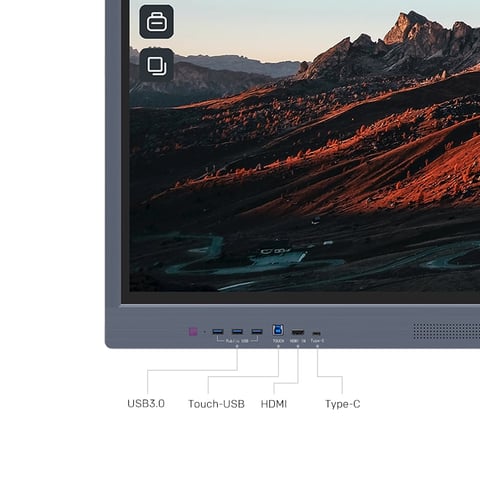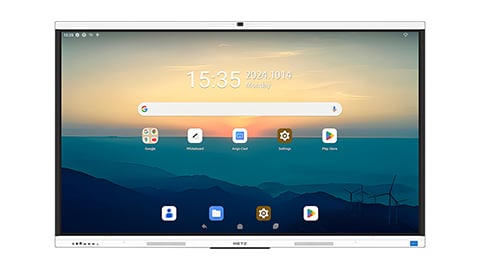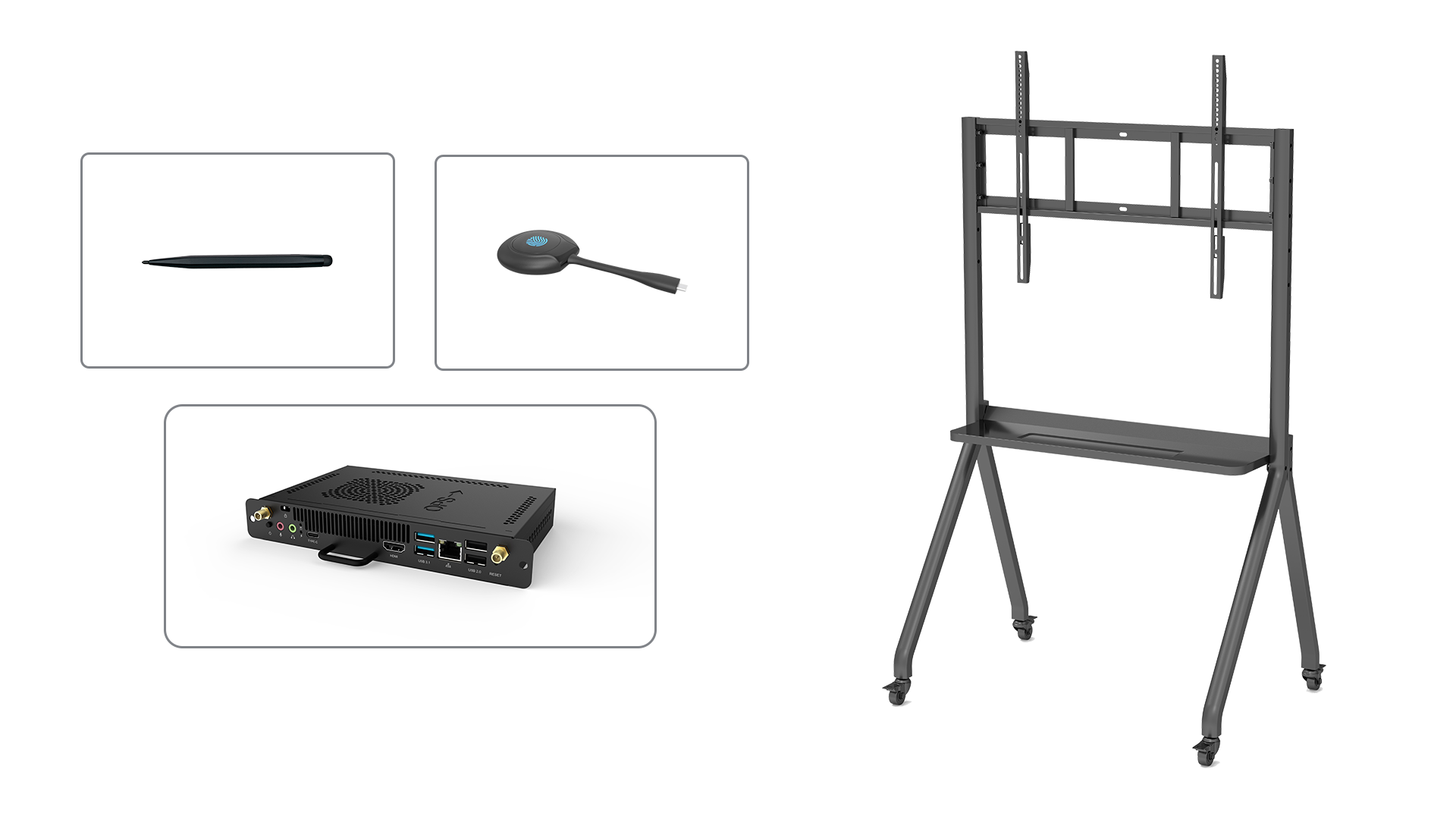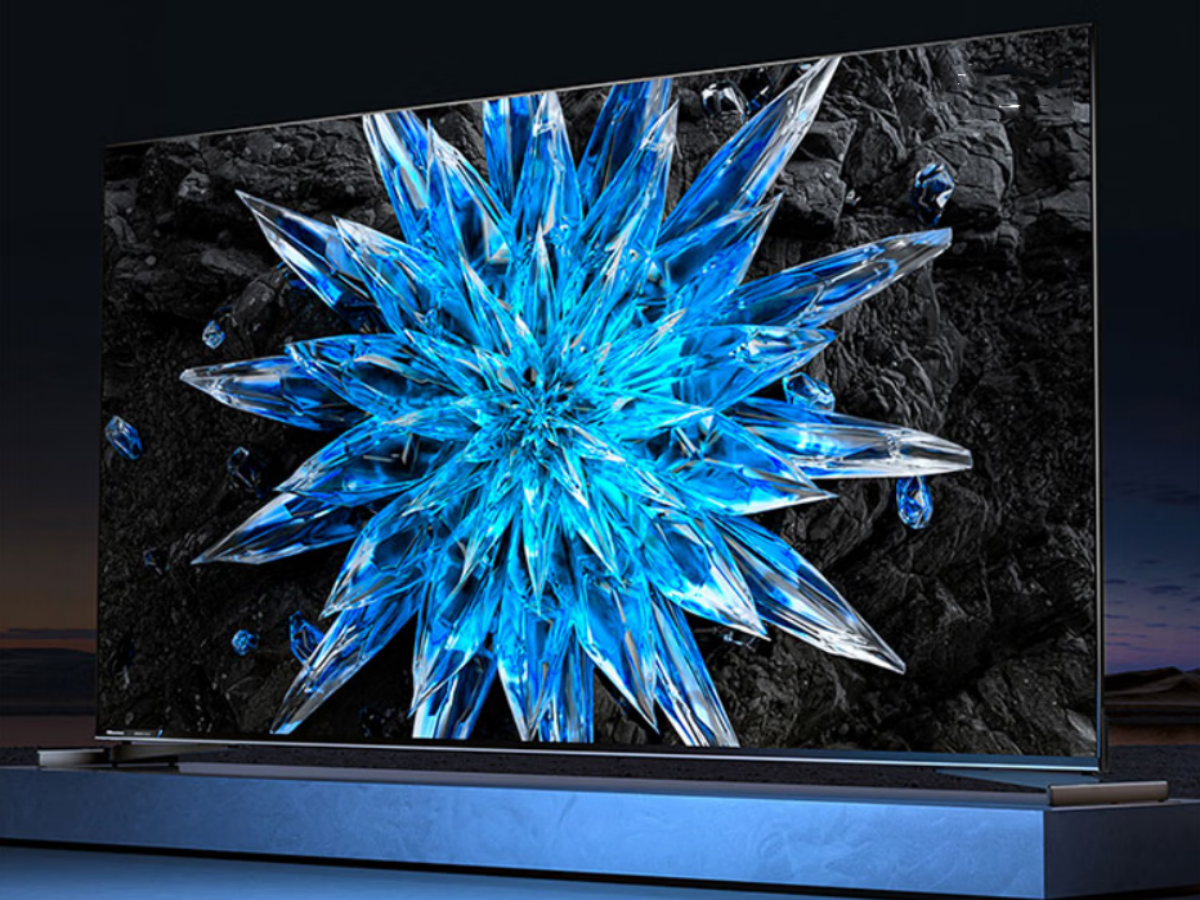The Future is Here: Understanding On-Cell Display Technology and Its Benefits
In recent years, there has been a significant increase in the popularity of on-cell display technology. This type of display technology is becoming a popular alternative to traditional off-cell displays and is being used in a variety of devices, including smartphones, tablets, laptops, and televisions. In this blog post, we will discuss what on-cell display technology is, how it works, and why you should consider it for your next project. Additionally, we will take a closer look at the different types of on-cell displays and how to select the right one for your needs. Finally, we will explore the impact that on-cell displays are having in the world of smartphones and other devices.

What is On-Cell Display Technology & How Does It Work

On-cell display technology is a type of display technology that integrates the touch sensor directly onto the display itself. This eliminates the need for a separate touch sensor layer and reduces the overall thickness of the display. This type of display technology is also known as in-cell display technology, and it works by detecting touch inputs through the display's pixels.
The on-cell display technology works by sending electrical signals to the display's pixels, which then detect the touch inputs and send them to the controller. The controller then processes the touch inputs and sends the appropriate commands to the device's operating system. This process happens in real-time, allowing the device to respond quickly and accurately to touch inputs.
Why Should You Choose an On-Cell Display for Your Project

There are several reasons why you should consider choosing an on-cell display for your next project. One of the main benefits of this type of display technology is its improved visual quality. On-cell displays have a thinner form factor and fewer layers, which results in a clearer and more vivid display. This can be especially important for devices that are used for multimedia and entertainment purposes, such as smartphones, tablets, and televisions.
Another benefit of on-cell displays is their improved touch responsiveness. Since the touch sensor is integrated directly into the display, there is no need for a separate touch sensor layer, which can result in a lag between touch inputs and the device's response. With an on-cell display, touch inputs are processed and responded to more quickly, resulting in a better user experience.
In addition to these benefits, on-cell displays are also more cost-effective and eco-friendly than traditional off-cell displays. Since there are fewer layers and components in an on-cell display, it requires less materials and energy to produce, which can result in lower production costs. Additionally, on-cell displays are more durable and less prone to damage, which can result in a longer lifespan for the device.
Understanding the Different Types of On-Cell Displays
There are several different types of on-cell displays, including:
LTPO on-cell displays: This type of on-cell display uses low-temperature polycrystalline oxide technology, which allows for improved power efficiency and a more vibrant display.
OLED on-cell displays: OLED on-cell displays use organic materials to produce the display's light, which results in improved visual quality and a more vibrant display.
AMOLED on-cell displays: This type of on-cell display uses active matrix technology to control the display's pixels, which results in improved visual quality and touch responsiveness.
LCD on-cell displays: LCD on-cell displays use liquid crystal technology to produce the display's light, which results in improved visual quality and a more vibrant display.
Click here to learn the detailed types of Metz display.
How to Select the Right On-Cell Display for Your Project
When selecting an on-cell display for your project, there are several factors to consider, including:
Display quality: It is important to consider the visual quality of the display, including its brightness, color accuracy, and contrast ratio.
Touch responsiveness: Consider the touch responsiveness of the display, as this will impact the overall user experience.
Size and form factor: The size and form factor of the display will impact its compatibility with your device, so make sure to choose a display that fits your needs.
Power efficiency: Consider the power efficiency of the display, as this will impact battery life and energy consumption.
Cost: On-cell displays can vary in cost, so it is important to consider your budget and choose a display that fits your needs and budget.
Environment: Consider the environment in which the device will be used, as this may impact the type of display that is best suited for your needs. For example, if the device will be used outdoors, a display with improved brightness and contrast may be necessary.
The Impact of On-Cell Displays in Smartphones & Other Devices
On-cell displays are having a significant impact on the world of smartphones and other devices. This type of display technology is becoming increasingly popular due to its improved visual quality and touch responsiveness, as well as its eco-friendliness and cost-effectiveness.
In the world of smartphones, on-cell displays are becoming a popular alternative to traditional off-cell displays, and are being used in many of the latest smartphone models. This is resulting in improved visual quality, touch responsiveness, and power efficiency, which is contributing to the overall improvement of the smartphone user experience.
In addition to smartphones, on-cell displays are also being used in a variety of other devices, including tablets, laptops, and televisions. This type of display technology is especially popular in devices that are used for multimedia and entertainment purposes, as it allows for a clearer and more vivid display, as well as improved touch responsiveness.
In conclusion, on-cell display technology is a popular alternative to traditional off-cell displays, and is being used in a variety of devices, including smartphones, tablets, laptops, and televisions. This type of display technology offers improved visual quality, touch responsiveness, and power efficiency, as well as eco-friendliness and cost-effectiveness. When selecting an on-cell display for your project, it is important to consider factors such as display quality, touch responsiveness, size and form factor, power efficiency, cost, and environment. On-cell displays are having a significant impact on the world of smartphones and other devices, and are contributing to the overall improvement of the user experience.
About Metz
With Skyworth, one of the world's largest TV companies, and Metz, one of the oldest German manufacturers, METZ Display creates high-quality educational and business solutions that make state-of-the-art screen technology available to everyone by combining their strengths and 80 years of experience.
METZ Display has launched several innovative educational hardware products on the Chinese market, focusing on "teachers, classrooms, and students," including all-in-one educational led displays, smart blackboards, and regular teaching applications and data services. METZ Display also introduces its superior conference room solution to deliver engaging and high-efficiency meetings based on the current weakness of the global conference room display equipment.
For domestic and overseas markets, METZ Display offers comprehensive smart education and conference solutions, including hardware, software, and the entire control network, satisfying the diverse needs of end users and contributing to the realization of educational information.
Metz display is mainly used in the sectors such as education and business.
Education Introduction
Integrated with teaching software & tool, and advanced technology, METZ offers a range of interactive solutions for learning classrooms. Featuring interactive learning tools, METZ display delivers an engaging classroom environment and sparks students’ creative minds.
- Highly Immersive Teaching & Learning Experience
Writing smoothly on the whiteboard enhances participation and makes teaching more engaging. Students engage consistently and immediately with interactive functions such as on-site annotation, one-click sharing, and flexible touchscreen in an affordable and efficient manner.
- Collaborative Learning Enhancement
With an interactive touchscreen, instructors can embrace the most favored teaching approaches that students love to learn with, and they can facilitate teamwork, collaboration, and problem-solving in groups.
- Ready-To-Go Class & Convenient Operation
It is easy to connect to METZ Display from anywhere and at any time, just take a pen and begin any lesson in seconds. METZ supports remote learning by allowing students to collaborate in real-time from their homes, schools, or anywhere else.
- Interactive Teaching Software
Multiple built-in teaching tools like lesson materials and online games facilitate class efficiency. Intuitive user-friendly software works in harmony with the way you educate and greatly engages students.
Businss Solution
METZ Display works in any meeting room or workplace to foster productivity and streamline communications. With the excellent display effect and featured functions, METZ interactive displays perfectly fuse hardware and software into one to help implement an efficient and intelligent meeting.
- Uncompromised Visual Performance
With a wide view angle, the contents can be seen perfectly from anywhere in the meeting room. With HDR quality and a high contrast ratio, viewers benefit from a soft and even output that is easy to watch for long periods of time. Furthermore, Ultra-High-Resolution reduces the moiré effect that contributes to fatigue.
- Optimized Connectivity & Flexibility
We offer best-in-class interactive meeting tools with METZ Display. Participants can access and interact with data in many ways using the display, such as remote conferencing, screen sharing, and whiteboarding, using a computer, PC tablet, or mobile phone.
For more information, please contact us by sending us an email or calling us up.






